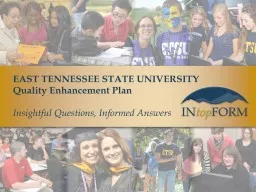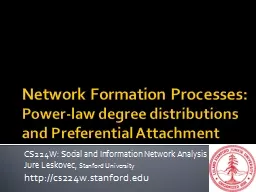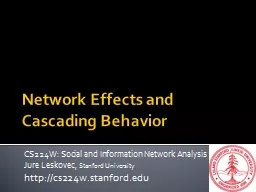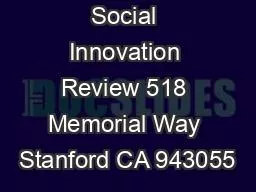PDF-Dening and Evaluating Network Communities based on Ground truth Jaewon Yang Stanford University
Author : olivia-moreira | Published Date : 2014-12-26
edu Jure Leskovec Stanford University jurecsstanfordedu Abstract Nodes in realworld networks organize into densely linked communities where edges appear with high
Presentation Embed Code
Download Presentation
Download Presentation The PPT/PDF document "Dening and Evaluating Network Communitie..." is the property of its rightful owner. Permission is granted to download and print the materials on this website for personal, non-commercial use only, and to display it on your personal computer provided you do not modify the materials and that you retain all copyright notices contained in the materials. By downloading content from our website, you accept the terms of this agreement.
Dening and Evaluating Network Communities based on Ground truth Jaewon Yang Stanford University: Transcript
Download Rules Of Document
"Dening and Evaluating Network Communities based on Ground truth Jaewon Yang Stanford University"The content belongs to its owner. You may download and print it for personal use, without modification, and keep all copyright notices. By downloading, you agree to these terms.
Related Documents

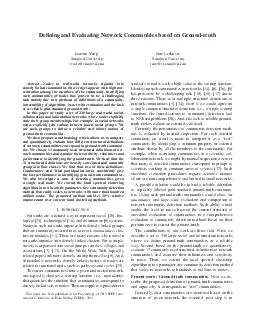
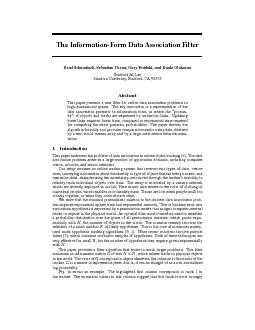
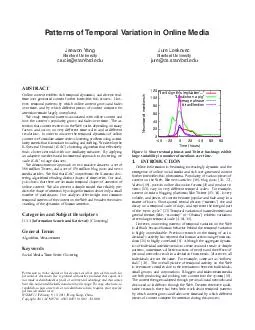
![http://cs273a.stanford.edu [BejeranoFall13/14]](https://thumbs.docslides.com/198537/http-cs273a-stanford-edu-bejeranofall13-14.jpg)
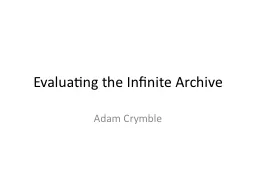
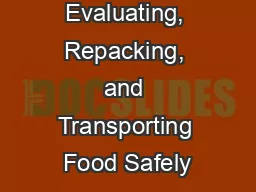
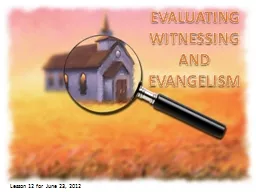
![http://cs273a.stanford.edu [Bejerano Fall16/17]](https://thumbs.docslides.com/540020/http-cs273a-stanford-edu-bejerano-fall16-17.jpg)
![http://cs273a.stanford.edu [BejeranoFall15/16]](https://thumbs.docslides.com/596167/http-cs273a-stanford-edu-bejeranofall15-16.jpg)
